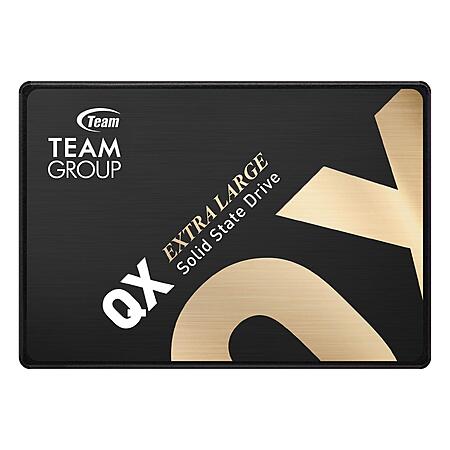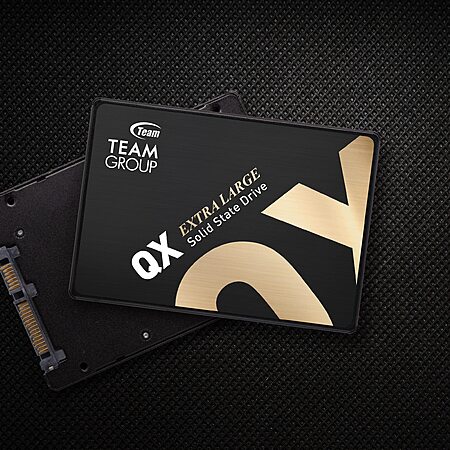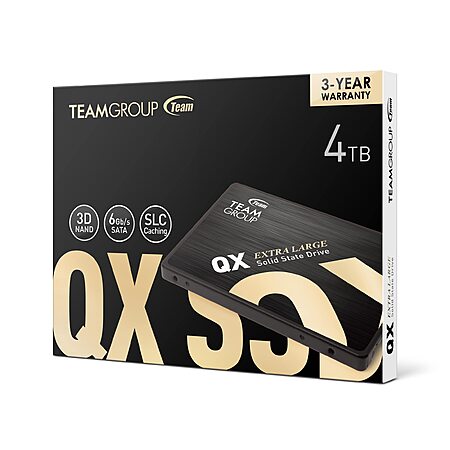expiredtDames | Staff posted Nov 19, 2023 07:59 PM
Item 1 of 5
Item 1 of 5
expiredtDames | Staff posted Nov 19, 2023 07:59 PM
4TB TEAMGROUP QX QLC 3D NAND 2.5" SATA III Solid State Drive
+ Free Shipping$140
$163
14% offAmazon
Visit AmazonGood Deal
Bad Deal
Save
Share








Leave a Comment
Top Comments
Overall, I'm not a big fan of Team Group's flash products. I've found them to be inferior to comparable drives from other brands.
23 Comments
Sign up for a Slickdeals account to remove this ad.
Our community has rated this post as helpful. If you agree, why not thank MWink
Overall, I'm not a big fan of Team Group's flash products. I've found them to be inferior to comparable drives from other brands.
Overall, I'm not a big fan of Team Group's flash products. I've found them to be inferior to comparable drives from other brands.
Overall, I'm not a big fan of Team Group's flash products. I've found them to be inferior to comparable drives from other brands.
I don't plan on loading it much past half full.
I generally like to keep all my NVME and SSD at 60% compacity or less.
I keep an older 8tg WD Black in the system also and it gets closer to 3/4 full at times without any problems.
I don't plan on loading it much past half full.
I generally like to keep all my NVME and SSD at 60% compacity or less.
I keep an older 8tg WD Black in the system also and it gets closer to 3/4 full at times without any problems.
Conventional hard drives don't really care how full they are. Transfer rates do drop the closer you get to the end of the logical drive (physically, the innermost tracks) and file fragmentation is more likely to become an issue, but it's unlikely to have an appreciable impact on the drive's lifespan. I've kept plenty of hard drives >99% full for long periods, without issue.
Sign up for a Slickdeals account to remove this ad.
However I'd spend the extra ~$20 and get a Crucial MX500 (or similar well known SSD) that has DRAM, TLC, and is just an overall well respected drive.
Sign up for a Slickdeals account to remove this ad.
Leave a Comment